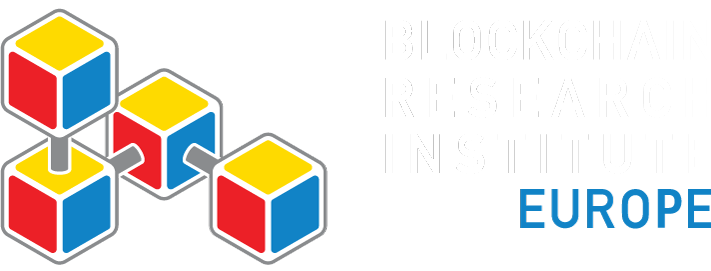Blockchain Revolution in Higher Education
Report Overview
Author: Don Tapscott
Release Date: May 25, 2018
Abstract:
This project explores how blockchain is transforming education with a focus on higher ed—vocational schools, community colleges, universities, and corporate training and development—from establishing student identity, protecting their privacy, financing their coursework, measuring their progress, and recording their credentials of achievement through open data exchange protocols. The development of microcredentialing capabilities, pay-as-you-learn funding models, and massively open online courses, plus the co-creation of open educational resources, are making the meta-university and lifelong learning affordable and accessible for more students worldwide.
